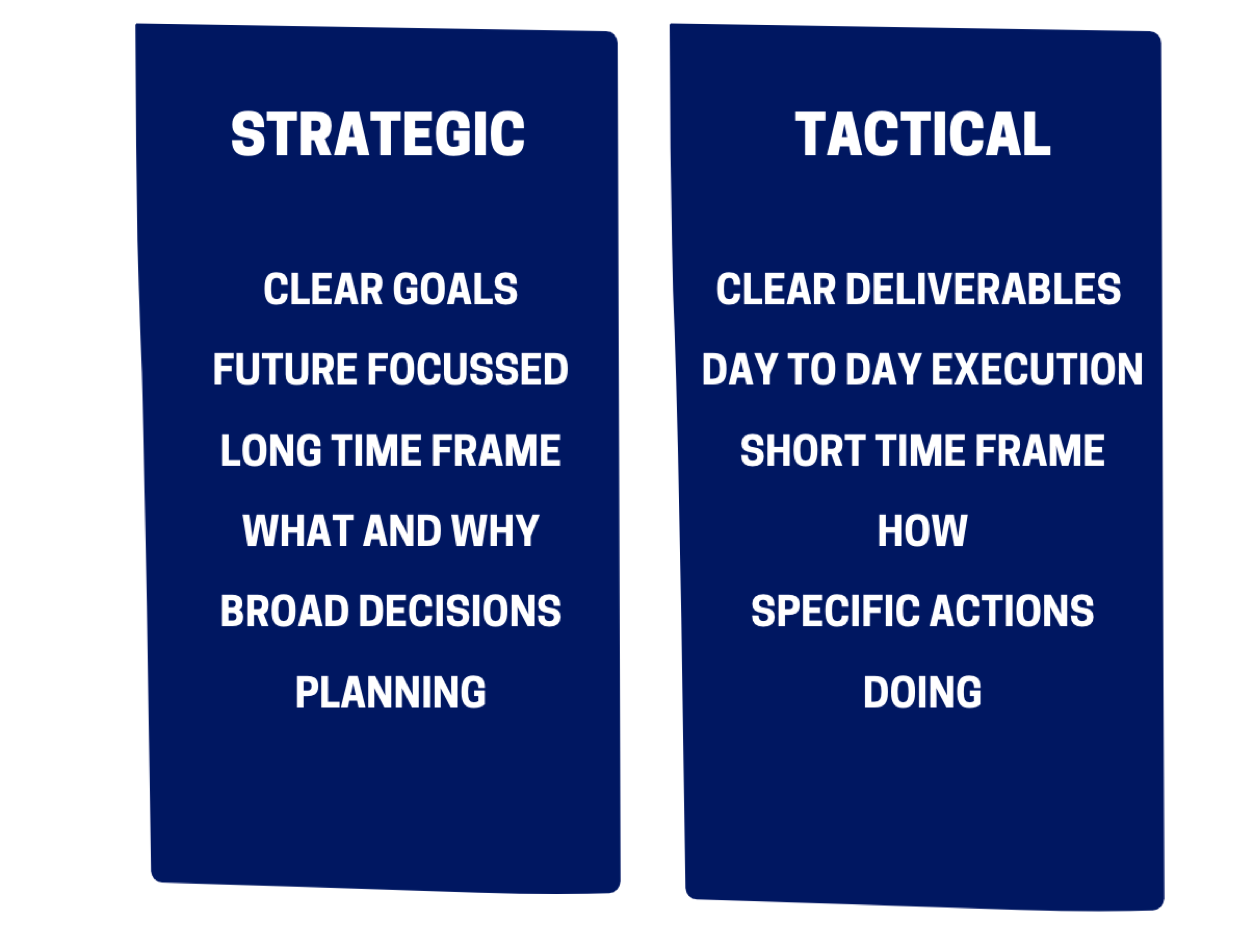With the pace of change today, the need to learn to stay ahead of the game is imperative.
What it took to be a leader five years ago is phenomenally different to what it takes today to lead in a high-change, high-tech remote world.
Knowing what leadership skills will be most needed in ten years’ time is impossible. But what we do know is that standing still, and thinking you’ve learned it all, isn’t an option.
“The illiterate of the 21st century will not be those who cannot read and write, but those who cannot learn, unlearn, and relearn.” — Alvin Toffler
But being intentional with your learning is critical. Having an objective or plan will ensure that the small steps you take, cumulatively take you in the direction you want and help you become the leader you want to be.
It is likely that your Board, your boss or your peers will help you shape what you need to learn, at least in the immediate term. But the responsibility for learning and shaping your professional development as a leader is yours alone, beyond the arena of any one organisation or role.
To help you consider and shape your own development priorities, the tools below will get you started.
Assess: Research by McKinsey shows that leaders typically require development around three key areas; honing your skills to lead those around you, learning to better lead yourself, and constantly building your skill at leading the business.
Take a moment and think:
Assign a percentage to each of the three areas above, to signal the percentage of investment (time, attention, energy) you gave them last year. What drove that?
What would you like the ratio split to be over the coming year? Why?
Get feedback: The challenge is that the more senior and experienced you get, the more entrenched your good and bad leadership habits have the potential to become. Understanding your blind spots and honing your strengths is critical and there are things that others will see that you will not.
The feedback you receive, from stakeholders, mentors, and those you work with will help you shape and test out your assumptions about your development direction. It can also act as a benchmark for future comparison.
You’ll find 6 tools to help you in the piece below.
Prioritise: Once you’re clear on what you need to develop, map it out and prioritise, because learning doesn’t stick when you’re trying to learn too many things at once.
“The best way to change your entire life is by not changing your entire life. Instead, it is best to focus on one specific habit, work on it until you master it, and make it an automatic part of your daily life. Then, repeat the process for the next habit. The way to master more things in the long-run is to simply focus on one thing right now.”
James Clear, Author of Atomic Habits
Prioritise by urgency, business need, energy invested/generated; whatever factors are the most critical for you.
The Eisenhower Matrix above is a business staple that can help. Because not everything needs to be a priority for the start of the year.
Identify how: There are endless ways to learn new skills; action-based learning, coaching, shadowing, structured or formal training, reading, on-demand digital learning, listening to podcasts or talks.
Research shows that learning in multiple ways, using different tools to stimulate different parts of the brain, has been found to build interconnection and cement knowledge in your mind.
Putting it simply, the wider the range of learning techniques, the more you’ll retain and the quicker you’ll learn. Talk to trusted advisors and experienced peers to get their ideas and suggestions.
Listen: To this short piece for HBR for inspiration on how to accelerate your learning and develop principles to become an ultra-learner.
Plan: Get strategic, and get tactical. Set out clear strategic objectives that you want to be able to articulate in twelve months time and then map out the steps you’ll take.
We typically have tendencies towards one or the other which leads to either ambitious goals without clarity on how they’ll be achieved, or detailed actions that are misaligned with long-term intent.
Support: Don’t wait until you need it to line up the support and expert guidance that you’ll need. It’s likely that you already have people all around you who can provide feedback and insight as you try things out and experiment.
Remember that the most difficult places to be are the two circles at the bottom of this diagram. It’s when the most learning happens but also when you’re most likely to fail.
What will you need from your close peers, mentors, and coach?
What opportunities are there to share this with them explicitly and line it up in advance?
What external or objective support could be beneficial? What options are available for that?
Related posts:
If you’ve enjoyed this week’s issue please hit the 🤍 button below. Meantime if you haven’t already, you can subscribe to receive the next issue straight to your inbox.










